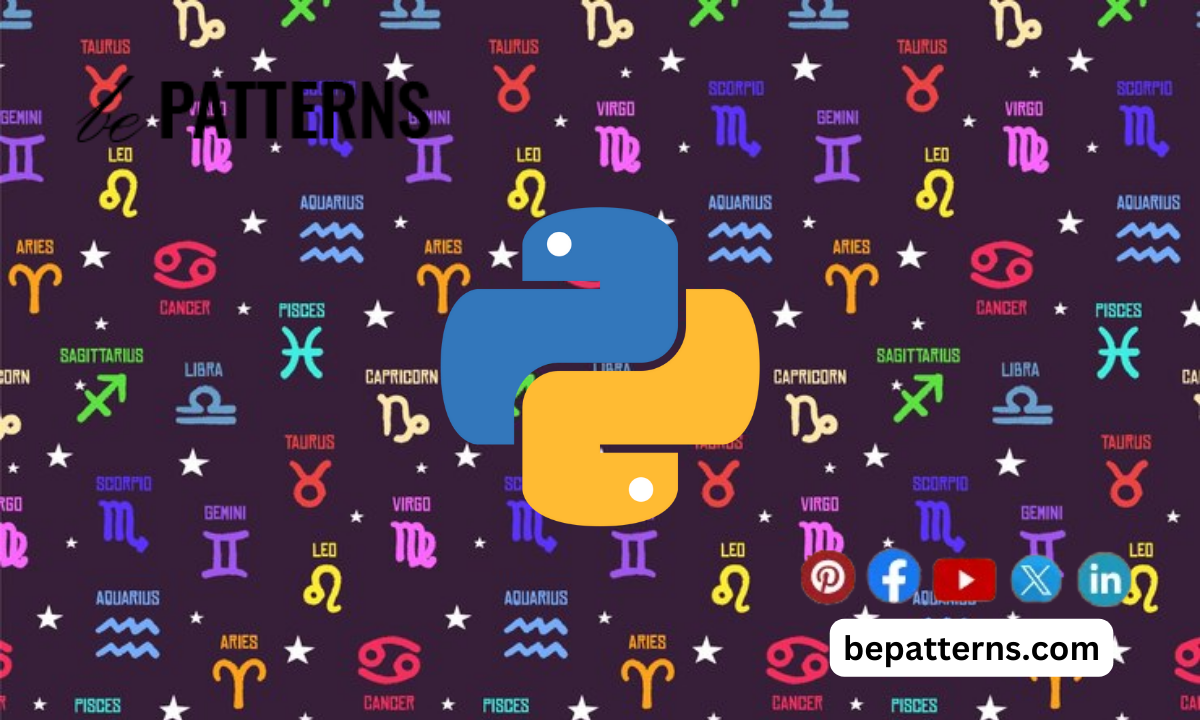Python is indeed good for design patterns, especially considering its robust object-oriented programming (OOP) capabilities. Understanding design pattern benefits is crucial; Python simplifies implementation through common design pattern libraries. Beginners can find Python design patterns tutorials helpful.
Is Python good for design patterns? Exploring alternatives to design patterns in Python is wise for comprehensive learning. Best practices ensure efficient utilization, and overcoming challenges. Performance implications vary, but Python excels in optimizing code. Real-world examples and code demonstrations enhance understanding, fostering maintainable code.
Is Python Good For Design Patterns?
Is Python good for design patterns? This is a question that has been asked by developers for years. Design patterns are an important part of software development, so choosing the best language for this task is crucial. In this blog post, we’ll take a look at the pros and cons of using Python for design patterns and discuss why it might or might not be the right choice for your project.

The pros of using Python for design patterns
Python is a great language for design patterns because of its flexibility and scalability. It is an object-oriented language, which allows for a clear separation of code logic and implementation details, allowing for easier maintenance and scalability. Python also provides many built-in libraries and tools that are useful for design patterns, such as the standard library collections module, which provides powerful and extensible data structures for dealing with complex data.
Another advantage of Python for design patterns is its readability. The code is easy to understand and follow, allowing for quick development cycles. Python also has a large community of developers who are actively contributing to open-source projects and providing feedback on best practices. This allows developers to create high-quality applications quickly.
The language also provides many features such as duck typing and introspection that can be leveraged in the design patterns. Duck typing enables polymorphism, which simplifies the code and increases its robustness. Introspection allows developers to examine the internal state of objects, enabling them to better debug their programs.
Overall, Python provides many advantages for design patterns. Its flexibility and scalability allow it to be used in a variety of contexts, while its readability makes it easy to work with. Additionally, its powerful built-in libraries, tools, and features make it an ideal language for creating robust, scalable applications quickly.
The cons of using Python for design patterns
Python is not the most efficient language when it comes to designing patterns. It takes more time to code in Python than with other languages, and there are often performance issues that come along with Python due to its dynamic typing. Additionally, the syntax of Python can be difficult to understand for people who are not familiar with it. This can lead to mistakes and bugs that can be difficult to debug.
Python also lacks support for certain design patterns such as the Model-View-Controller (MVC) pattern, which is widely used in web application development. If you need to use MVC, then you will have to look elsewhere.
Finally, Python is not always the best choice when it comes to scalability and speed. If you need your code to be able to handle a lot of data or a large number of requests, then other languages may be more suitable for your needs.
The Verdict
Python is a great language for designing and implementing design patterns. It has many advantages that make it well-suited to the task. For example, it has a simple syntax which makes it easy to read and write code quickly, while still being able to express complex concepts. It also supports object-oriented programming and has a wealth of libraries and frameworks available to assist with design pattern development.
However, Python isn’t perfect for all design pattern implementations. The language can be slow at times, and some design patterns are difficult or impossible to implement in Python. Additionally, there may be times when other languages or frameworks are better suited for particular design patterns.
Overall, though, Python is an excellent language for design patterns. Its advantages outweigh its disadvantages and it provides developers with a powerful tool for creating sophisticated and well-structured designs. As long as the drawbacks are taken into consideration, Python can be a great language for developing design patterns.

3 thoughts on “Is Python Good For Design Patterns? Effective Design Patterns”